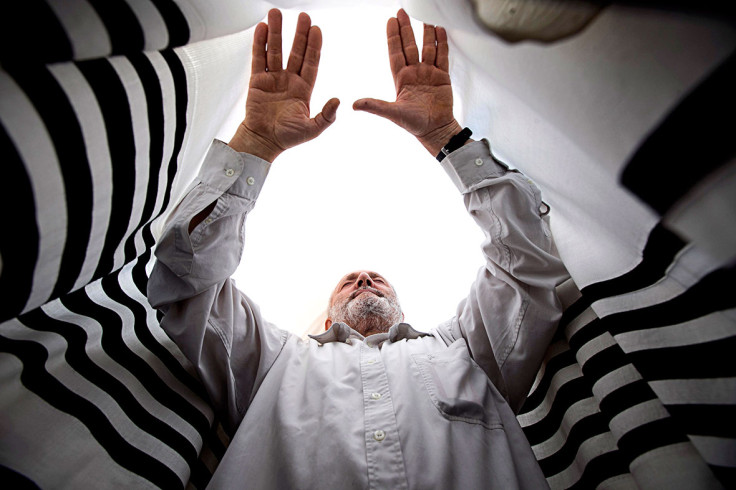Sukkot: What is the Jewish 'Feast of Tabernacles' holiday about?
Jewish festival began on 16 October and ends on 23 October.

Sukkot is one of the most important holidays in the Jewish calendar. It is one of the Three Pilgrimage Festivals, together with the Pesach (Passover) and the Shavuot (Feast of Weeks).
Commonly translated as the Feast of the Tabernacles, it is celebrated on the 15th day of the month of Tishrei. In 2016, Sukkot began on 16 October and will continue until 23 October.
What is it about?
Sukkot commemorates the dwellings built by Israelites during the 40-year-long period in which they lived in the Sinai desert after leaving Egypt.
According to the book of Leviticus, God told Moses Israelites should "live in booths seven days; all citizens in Israel shall live in booths, in order that future generations may know that I made the Israelite people live in booths when I brought them out of the land of Egypt".
It is also a harvest festival and is sometimes referred to as Chag Ha-Asif. The word Sukkot is from "sukkah" - the name of the huts farmers would live in during the harvest.
What happens during Sukkot?
Sukkot lasts for seven days for people in Israel and eight days for Jews in diaspora. The first day is like the Sabbath, a day of rest in which work is forbidden. The following days are known as Chol Hamoed, or festival weekdays.
On the seventh day – Hoshana Rabbah or the Great Hosanna – people go to the synagogue to perform a ritual during a special service. In the synagogue, people make seven circuits around the bimah, the central point of the religious building – instead of the one circuit done the other days of Sukkot – while reciting prayers.
On each day of Sukkot, with the exception of the Sabbath, people take the Four Species, or Four Kinds – a citrus, a palm frond, a myrtle twigs and two willow twigs – and recite a blessing over them. Then they wave the Species in six directions: right, left, forward, up, down and backward. The waving ritual symbolises the service to God.
© Copyright IBTimes 2025. All rights reserved.





















